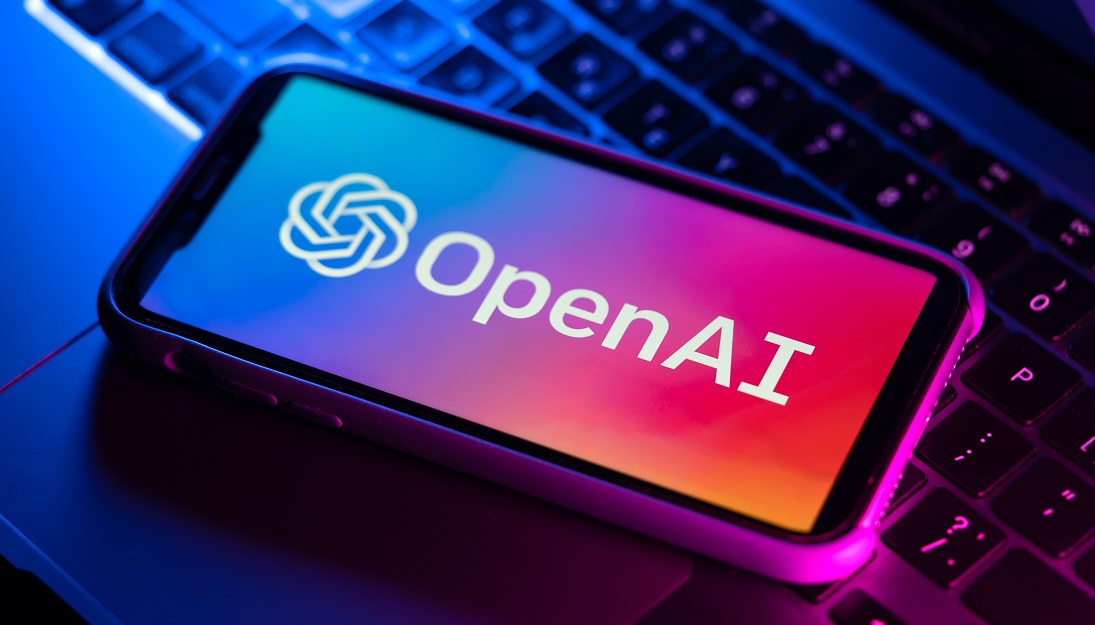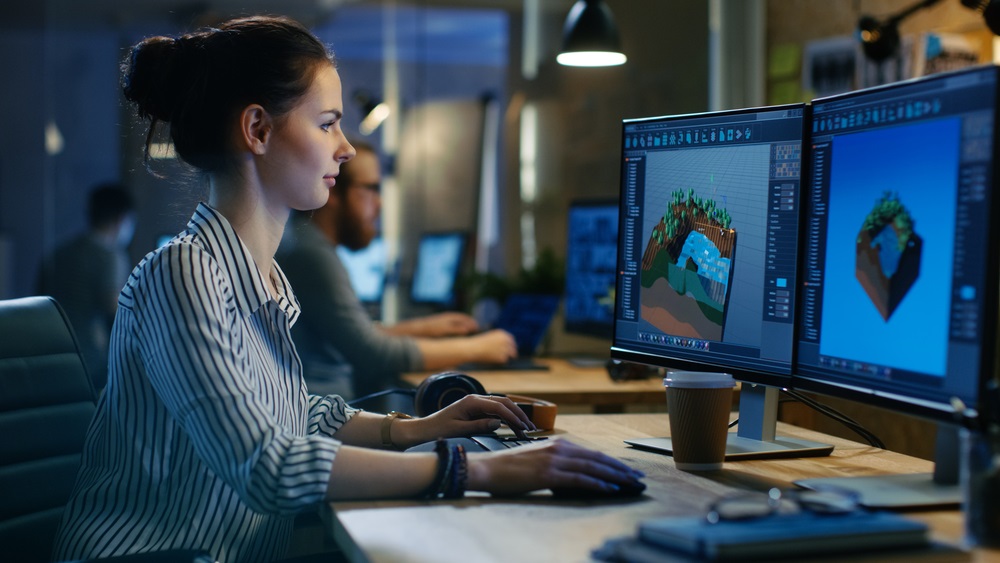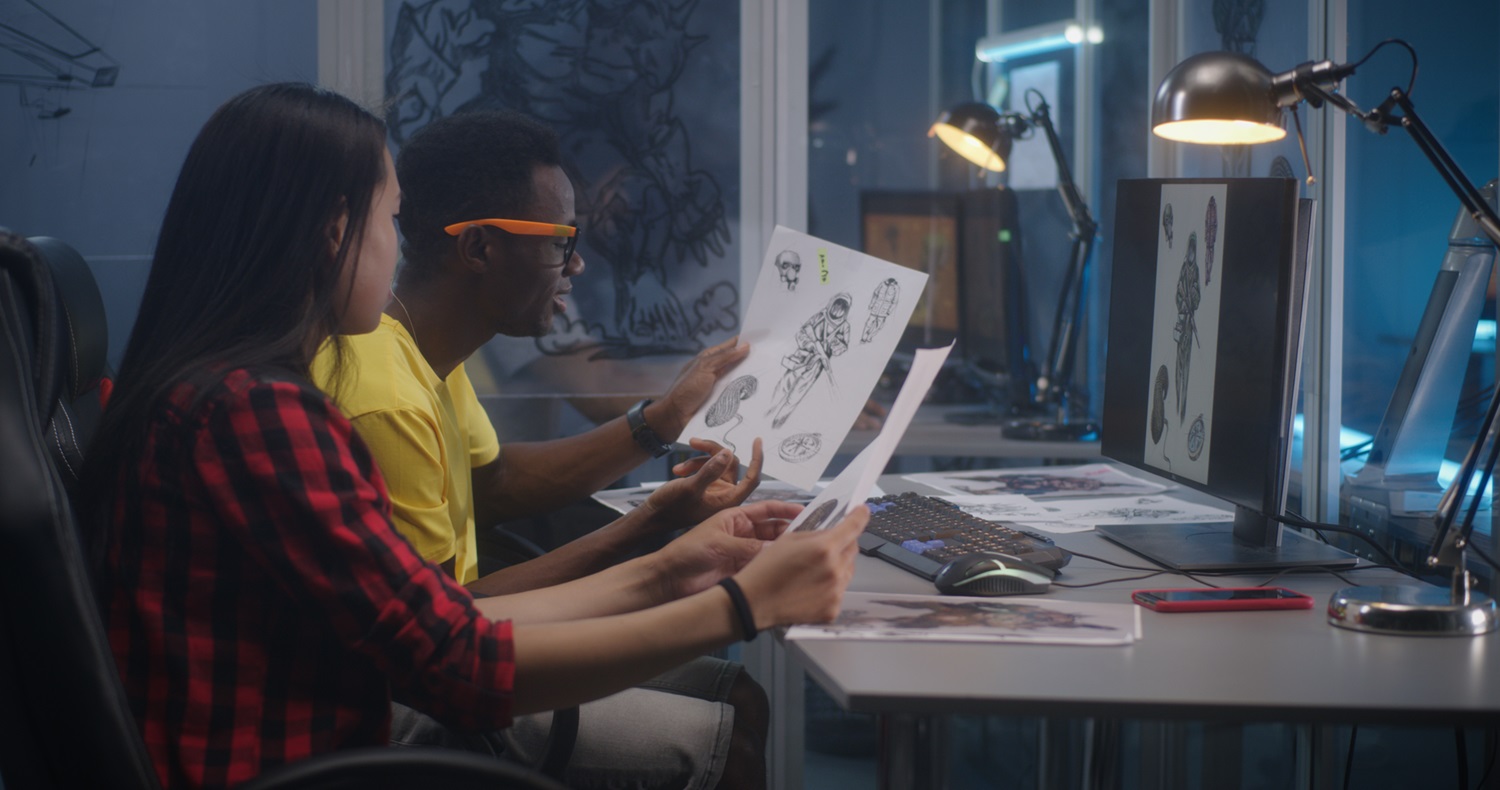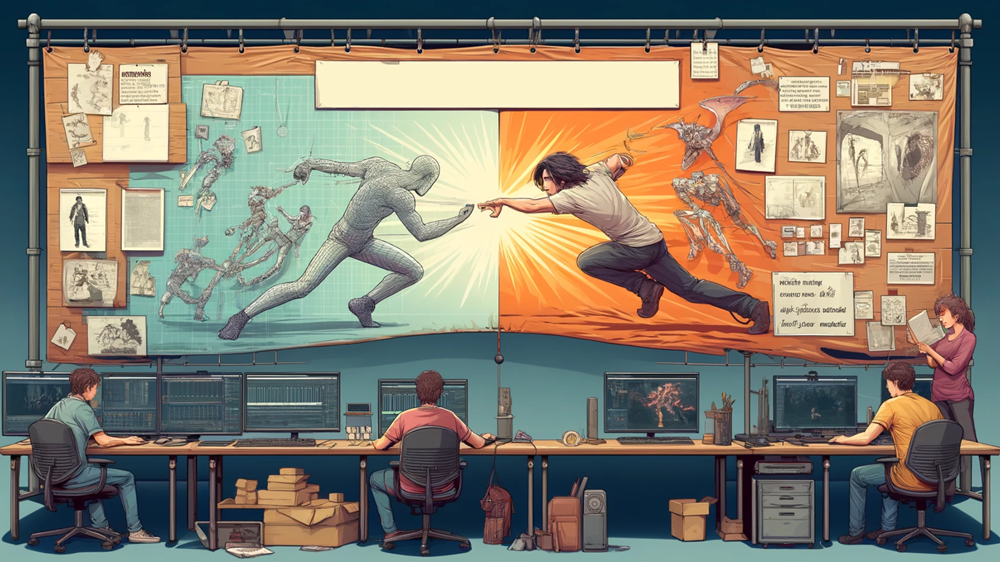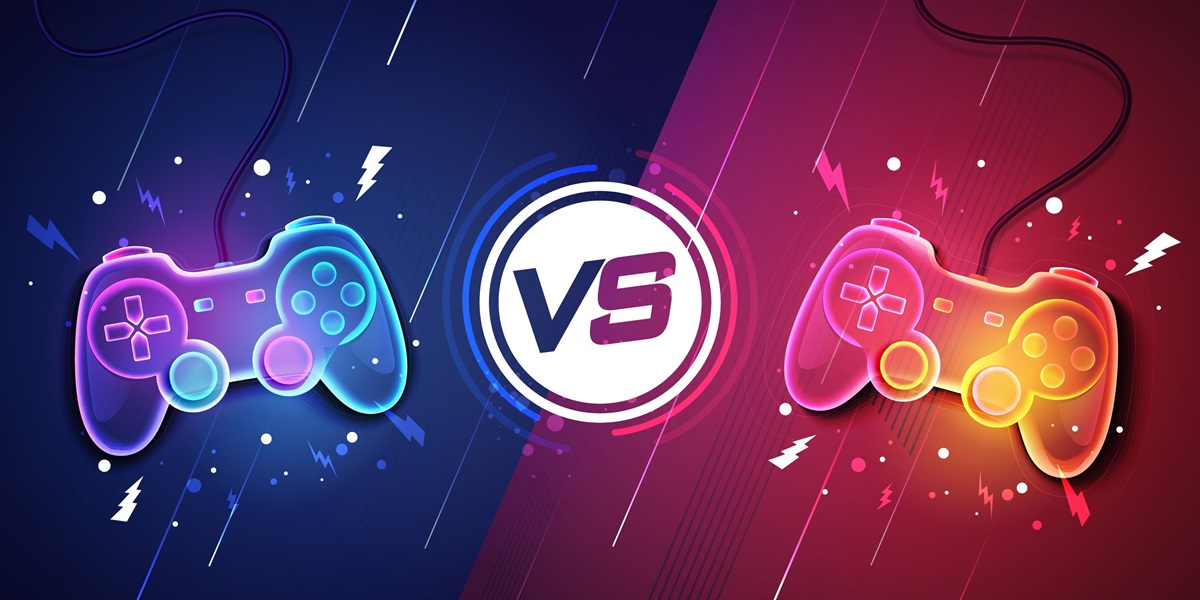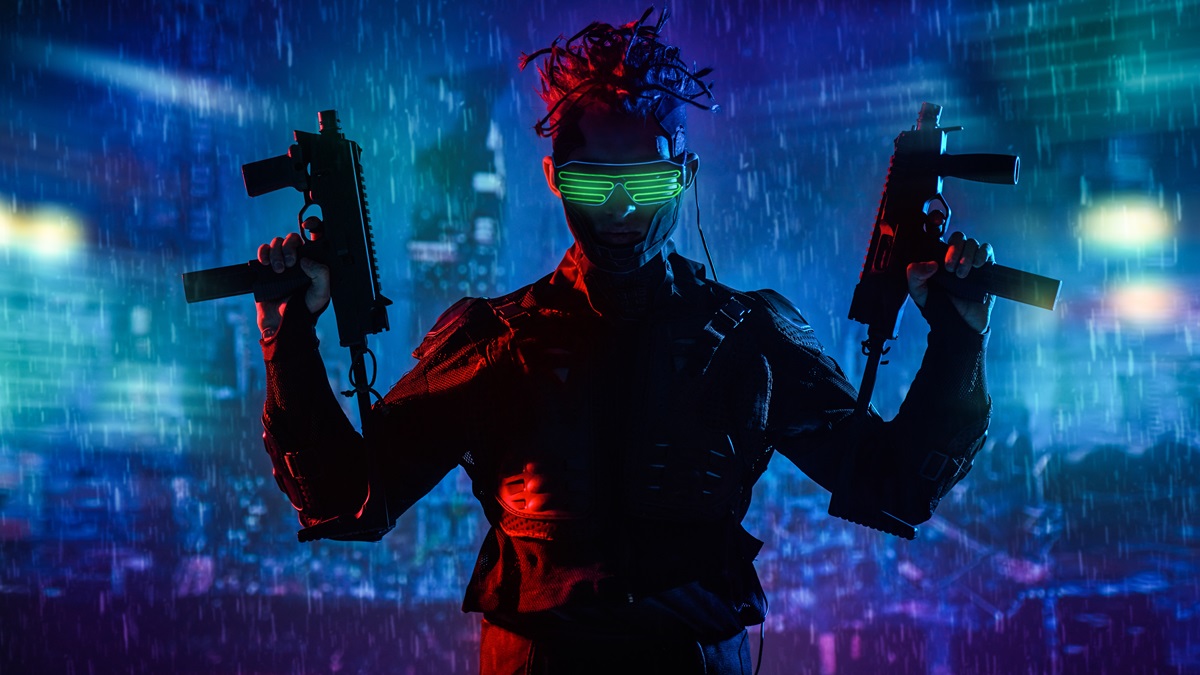Conversational AI: How Visual ChatGPT Transforms Communication
The use of AI and AI-powered models has come to significantly impact both technology and people’s lives. As we've observed, it affects numerous aspects in this regard, owing to the algorithms and programming that have helped them train and develop.
AI is already demonstrating some remarkable capabilities in domains such as healthcare, entertainment, and web3 in finance, among others. It has been most revolutionary for the tech industry, where the use of such models is allowing companies to analyze vast amounts of data and automate the use of their resources for more complex and creative endeavors. And that was before AI chatbots and new AI models such as Visual ChatGPT started cropping up!
- According to a report published by Grand View Research, the global market for AI and its implements is predicted to grow at a CAGR (compound annual growth rate) of 37% from 2023 to 2030, crossing $1,800 billion by the end of the period.
Today, AI-powered models enhance entertainment with their power to generate immersive virtual environments and create realistic content that matches the player’s expectations.
For this, it can analyze user preferences and also their behavior through certain markers to optimize what music, movie, or show they are recommended next.
In healthcare, the models have been used to help with analyzing medical imaging processes, drug discovery, and other essential aspects of research for improving the work of professionals and patient care. Plus, there’s scope for using them to detect diseases and aid countless patients' health outcomes.
And in transportation, AI models are being used to establish autonomous vehicles that will increase the safety and efficiency of logistical operations. Additionally, they are also facilitating the predictive maintenance needs in the industry for equipment and infrastructure so that more proactive measures can be taken to help prevent future issues like failures.
Within the same span of 7 years, as reported by Grand View Research, artificial intelligence is projected to contribute more than $15 trillion to the world’s economy, which is greater than the current output of major economies like India and China combined; where AI-powered models have already become an integral component of many modern technologies and for use in industries, with models such as Linear Regression, Deep Neural Networks and Visual ChatGPT leading the way.
What is Visual ChatGPT? How does it differ from other AI chatbots?
AI-powered chatbots such as ChatGPT by OpenAI are primarily language models that are primed for conversational settings. It generates human-like responses to users based on their prompts and the questions they have asked.
For those who are yet to try one, the experience is quite similar to having a chatting buddy online, albeit with a much quicker response rate when it comes to holding conversations, discussing, and providing helpful information on the fly.
However, a significant limitation for such chatbots over an AI model like Visual ChatGPT is that while AI chatbots understand and generate text, they can’t process visual prompts or create images.
Created by Microsoft, Visual ChatGPT is an AI model that utilizes ChatGPT and multiple VFMs (Visual Foundation Models) to send and receive images through chats. This allows the model to carry out a series of functions, enabling benefits such as:
Generate and receive images from users based on the text they input. These inputs can range from textual descriptions and queries to instructions, including media files such as other images presented by the user.
Visual Chat GPT can be used to manipulate the image by either adding, replacing, or removing any aspect of the image based on the commands it receives. This, in addition to being able to render the image into different artistic styles and renditions, with quality often surpassing simple filters.
Owing to how Visual ChatGPT work, the model can be used to simplify tasks such as image editing and other functions, thereby reducing the need for using different software which may be complex or expensive for the user.
By leveraging the knowledge and learning it gains from incorporating ChatGPT and VFMs such as GroundingDINO and segment-anything, the model is able to communicate with users in new and interactive ways.
The use cases of Visual ChatGPT, depending on such benefits and functions, are varied, relying primarily on how businesses plan to implement it in their daily operations.
However, it can be effectively used for customer service, e-commerce, healthcare, and education – effectively replacing text-based interactions and allowing users to share images and screenshots. This would allow for faster responses in certain industries while also improving accessibility for various users based on their impairments or needs.
Important Features of Visual ChatGPT
Recently in April, Microsoft announced that it is open-sourcing Visual Chat GPT. Now, everyone can effectively take a look under the hood at what makes this awesome AI model tick. Whether how it utilizes GPT or one of the many VFMs, that can lead to different results based on their functionalities. Let’s take a look at some features of Visual ChatGPT that are equally important in understanding its functions:
1. Multi-modal Input:
Because of how Visual Chat GPT can handle both text and images and not just stick solely to text-only formats like most Conversational AI, a primary feature of this AI model is that it can cook up responses that have considered both the types of input it receives.
For instance, if you provide it an image of an orange Mustang and input a query as “Can you turn the color of this car blue?” It will immediately use the image you have submitted along with your typed question to present you with a picture of a blue Mustang, just as you requested.
2. Contextual Understanding:
The Visual ChatGPT AI model, like a genius, can also understand the context of an image it sees. This allows any iteration of the model you’re running to be able to understand what you have written as text and present it as an image.
For example, if you provide the bot with an image of a person with a camera on a hilltop and ask, “What’s this man doing?” Then Visual Chat GPT will put the two together and understand the context to give you responses such as ‘The man is enjoying the beauty of the hilltop’ or ‘The person is taking a picture of the scenery.’ – Giving you responses that do not only make sense but also sound exactly like what a human would typically say.
3. Recognition and Training:
The deep knowledge and access to data for Visual ChatGPT is immense. It’s trained on large sets of images and information and also takes the time to analyze and process the context between text to images where necessary. As such, it can easily recognize objects and talk about them in the manner requested by the current user.
For example, you can give the AI model an image of a rock or bird you’ve never seen before. In a matter of moments, the bot would reply to you with detailed knowledge of what the object in the image is, as you have submitted, and also write a piece that will fit your requirements for either an article, a blog, or even a social media post.
These are some important features of Visual ChatGPT, which give an insight into how it functions overall as an AI model. Its effectiveness is subject to the quality of how it understands visual inputs and the data it’s been trained on. You can head over to GitHub by Microsoft to look at all the updates about Visual ChatGPT – now that it is open-source.
Different VFMs will yield different results, and although much is left to real-world applications, it’s quite easy to see how this will transform communication based on all the features and benefits that we’ve learned about.
